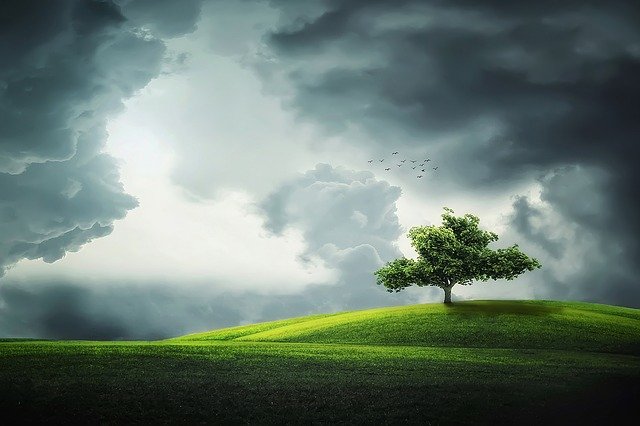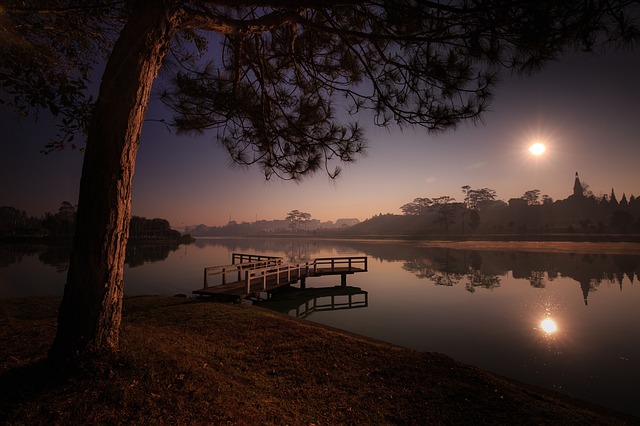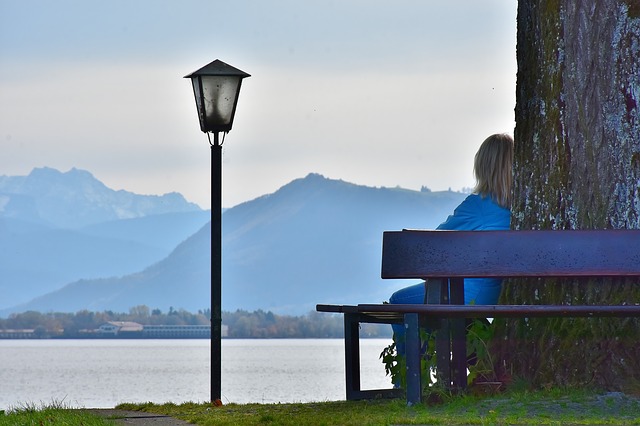Costa Georgiadis maintains that a return to the simple things of life, such as a home garden, is essential in these challenging times. Costa is an environmental educator, TV presenter, landscape architect and host of ABC’s Gardening Australia. His passion for sustainability has its origins in the care and concern for the environment instilled into him at an early age by his grandparents. His recent book, Costa’s World: Gardening for the SOIL, the SOUL and the SUBURBS, is more than a wonderfully illustrated and informative gardening book – its is really a book about living and restoring, replenishing and re-invigorating our immediate home environment. He argues for achieving biodiversity, reducing waste and living mindfully in our immediate environment.
Costa contends that at the heart of sustainability is the ability to separate needs from wants – something we do when we go camping. He uses the analogy that we are “campers” on this earth and we need to be conscious of our imprint day to day, while being able to create an environment that nurtures, protects and sustains us . His book is imbued with his enthusiasm, humour, energy, conviction and down-to earth practicality.
Getting to know our microenvironment
Costa is a great believer in diaries and logs for getting to know our microenvironment – he argues that grounded data is pure gold. He also maintains that we really need to get to know microclimates – to understand the climate of our neighbourhood in terms of the variability of the temperature, the timing and volume of rain, and the extremes of heat and cold. Costa argues that we have to inform ourselves of our local, grounded seasons not just the four traditional European seasons – Spring, Summer, Autumn and Winter – that we are familiar with. He suggests that we can draw on indigenous knowledge and descriptions of seasons to better inform ourselves. He reminds us that seasons shape our lives – they influence what we eat, what we wear, how we spend our time, and the amount of time we spend indoors or outdoors.
Costa has a series of questions that we can ask ourselves to better understand our immediate environment. They cover issues such as the source of prevailing winds, the physical landscape, tree placements and impacts of fences and structures. He argues that developing awareness about these environmental elements and the location of our living space can helps us to prevent waste, save energy and invest time and energy in productive, sustainable practices.
Sustaining and regenerating our microenvironment
Throughout his book, Costa provides multiple ways we can restore, replenish and enrich the biodiversity of our immediate environment – the source of life and sustainability. Here are some of the areas that he explores with practical hints on how to progress them:
- Composting – Costa contends that in composting we are “bringing dead things back to life”. He argues that anyone can compost as all the required materials are readily available – kitchen food scraps, leaves, grass clippings, used newspapers, paper & cardboard, twigs and sticks. He provides detailed instructions with clear illustrations to get us started and practical ways to make the ongoing process easy. He contends that in composting we are reducing waste and landfill, developing great soil and “making new friends in the community” by inviting worms and multiple insects to break down the composting ingredients. Birds too will happily visit to feed on the worms and contribute their droppings. He also recommends the ShareWaste app as a way to engage a wider community of people in your local area in the composting process.
- Enriching our soil – Costa maintains that “healthy soil is teeming with life”. He encourages us to really observe our soil – its colour, texture, feel, and smell. He offers multiple ways to test our soil and to enrich it, all the while raising awareness about the soil needs of different plants such as native and indigenous plants. Costa encourages us to develop a partnership with our soil which is critical to our survival individually and as a species. Composting has a key role here as it not only increases organic matter in our soil but enables us to get closer to the soil by investing time and energy in regenerating it.
- Reducing water usage – being conscious of our consumption and waste of water. Costa suggests that a salutary lesson is to observe the number of times in a day that we access a water outlet and to ask ourselves how we can reduce our water use.
- Plastic-free initiatives – here Costa encourages us to start “breaking up with plastic” by reducing our dependence on it. He offers ways to achieve this “breakup” which include avoiding the use of plastic straws, drink bottles, and cutlery. He also encourages us to influence others to overcome the habit of single-use plastic which has become so much a part of our lives in modern times..
- Conscious consumption – Costa suggests that we become conscious of the origins and ingredients of our consumable items such as coffee, tea, clothes, soaps, detergents and toilet paper. He provides a series of questions we can ask ourselves to increase our awareness of the impact of these consumables on our microenvironment.
Reflection
I feel that I have not done justice to Costa’s book in this brief review. He achieves a wonderful balance between depth of information and practicality of application. His book is replete with examples, activities, projects and guides as well as reinforcing illustrations and quotes. His enthusiasm for replenishing our immediate environments is motivating and energising. Costa shares a lifetime of study, research and education in his book and maintains that activism for us is “performing day-to-day actions” in our microenvironments.
As we grow in mindfulness through time spent in nature, gardening and observing our immediate environment, we can better appreciate our world, contribute to sustainability and develop an improved environment for succeeding generations. Gardening can enhance our awareness, give us greater access to the healing power of nature and enrich our lives through increased texture, colour, feel and interest. It also gives us the opportunity to learn as we try out new plants, locations and soil enrichments – we can learn through doing and reflecting on the outcomes both intended and unintended.
________________________________________
Image by phamphuonglinh from Pixabay
By Ron Passfield – Copyright (Creative Commons license, Attribution–Non Commercial–No Derivatives)
Disclosure: If you purchase a product through this site, I may earn a commission which will help to pay for the site, the associated Meetup group, and the resources to support the blog.





